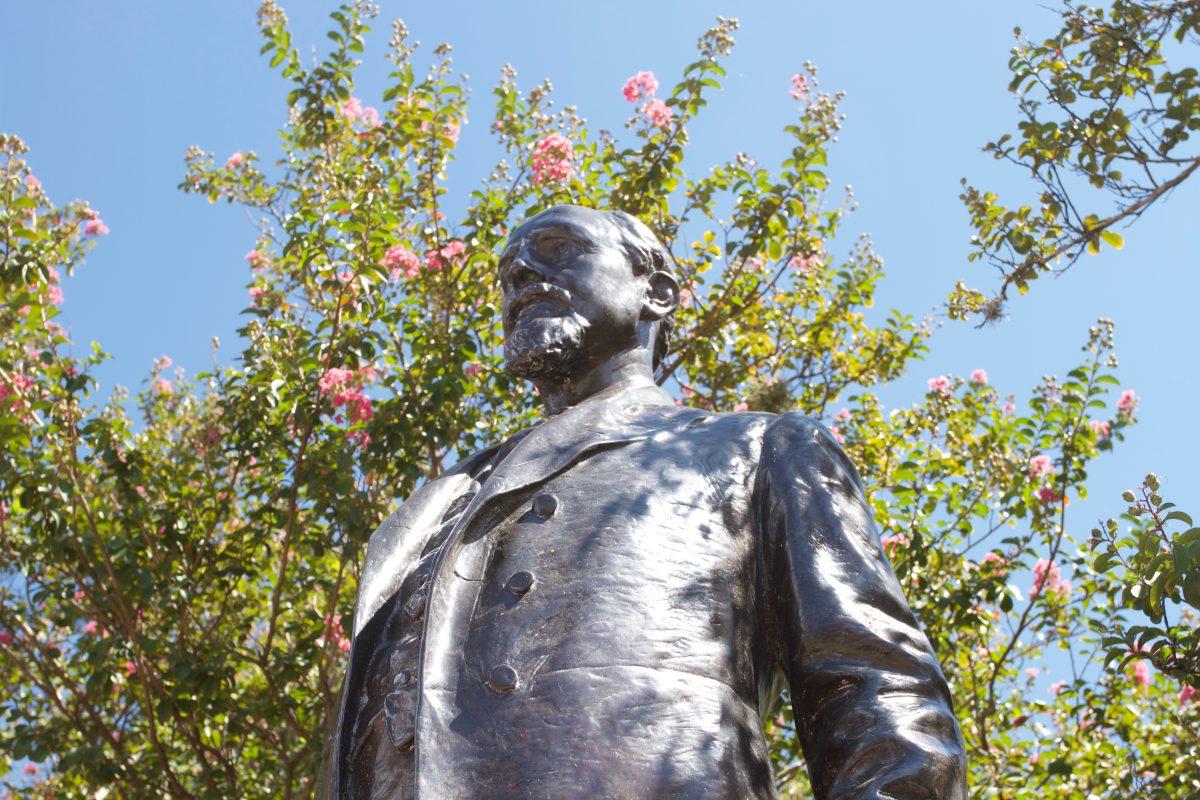As I took this past week to relax and enjoy time with my loved ones during my last Thanksgiving break, I also spent time reflecting on these past few months as the Head Elephant Walk and Jr. E-Walk Director. Here are my final thoughts that I would like to share with you, written with the support of Julian Moberly, Executive Director of Class Councils, Andrea Flores, Senior Class President, and the senior class officers. I hope this will provide more understanding of the changes in this year’s tradition.
According to many dictionary definitions, tradition is something that is passed down. There is no mention of tradition being immune to change. Elephant Walk has evolved greatly over time; there was a time when it was held in the middle of the day, when the Bonfire Memorial was a stop, when live elephants were brought to campus, etc. Class Councils records show that there has not been a stop in Academic Plaza every year, and for a quite a long time, the only activity that took place at stops was a yell practice. Starting in 2015, just three years ago, the Elephant Walk director chose to place a stop in Academic Plaza to read the names of the students who passed. Through all these changes, Elephant Walk as a tradition has persisted. It is a walk around campus with the senior class, making stops at select locations not to pay homage to historical figures, but to reminisce on memories made there, participate in yells, and, more recently, to hear keynote speakers.
Inclusion was the focus of this year’s Walks. Inclusion meant reading the names of the students who passed away at the first stop for both walks so that they too could be present throughout the entire Walk. Logistically, you cannot have two separate events stopping at the same location for their first stop. Inclusion meant having sign language interpreters for students with hearing disabilities. Inclusion meant having extra space in the EMS golf carts for students with physical disabilities. Inclusion meant acknowledging the voices of minority students.
Students were asked to walk through Academic Plaza in reverent silence this year to reflect on Silver Taps and Muster, as those two traditions have statues in the area. Walking silently past the statue of Sul Ross is not disrespectful, and it should not be interpreted as such. It should not be interpreted as an angry call to remove the statue from campus, and definitely not as ignoring or erasing history. The stop that has occurred in Academic Plaza in years past has sometimes been referred to as the “Sully Stop” in old timelines and plans simply because it was the visual focal point of the stop that year, not because the stop was to pay homage to Ross. And while Silver Taps does occur in Academic Plaza, it is a tradition exclusively held on the first Tuesday of every month, when needed — not during Elephant Walk. These past three years, the names of the students who passed have been read from the top of the Sully statue (not done during Taps); a statue, which, because of a somewhat dark history, bothers some students.
These students are not looking to be offended. They are simply aware that Ross put his life on the line fighting against the U.S. to uphold the practice of slavery, among other political actions he took to disenfranchise people of color. I included articles at the end for reference, not to discredit his legacy. Had Ross’ efforts been accomplished, these students would probably not be getting a top-tier education at the university he saved. No one is questioning or debating his great skill as a leader; some students are only concerned by the vision he had as one. Black students were not admitted under his watch, and the only female students were “honorary members,” exclusively the daughters of faculty. This integration didn’t occur until Rudder’s presidency. I merely state this as fact, not as retaliation to other public statements made about the statue.
Though the population of students with these feelings may not be large, there is no reason to sweep their feelings or concerns under the rug. Some students on this campus are hurting because of the way they have been treated here, or because of the way they have seen someone like them be treated. Does silently walking by the Sully statue during Elephant Walk resolve the plights of minority students? Of course not; it would be naive to think so. But a new conversation is starting, one that forces us to examine our past, present and future. What practices have we clung to that are not accepting of all students? Why are we brushing off the concerns of our fellow Aggies? Why are we so opposed to change?
Sources:
Texas A&M Diversity Timeline — timeline of A&M integration
The Jaybird-Woodpecker War: Reconstruction and redemption in Fort Bend County, Texas, 1869-1889 — pg. 78-81
Miscellaneous documents of the House of Representatives for the second session of the fifty-first Congress — pg. 390-391
Pease River Massacre: Texas Rangers Defeat Comanche, Rescue Cynthia Parker After 25 Years Captivity — section on Pease River Massacre





















